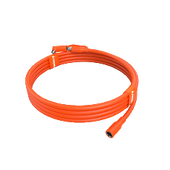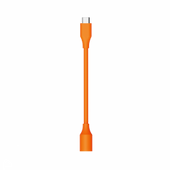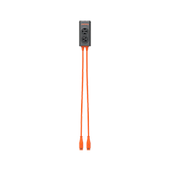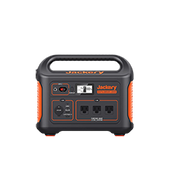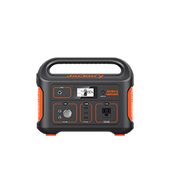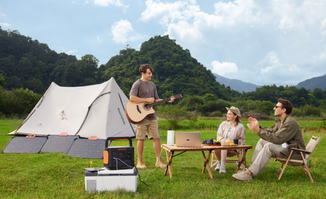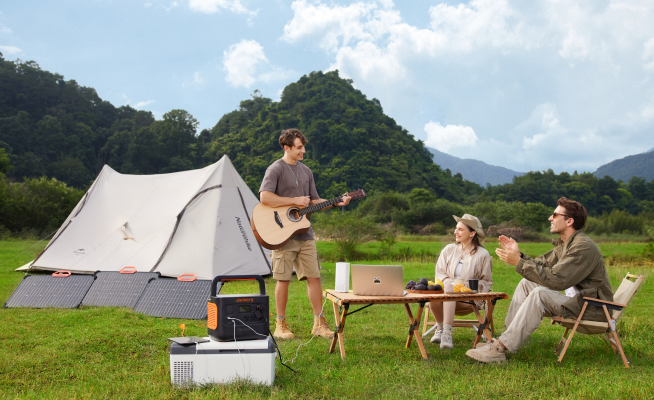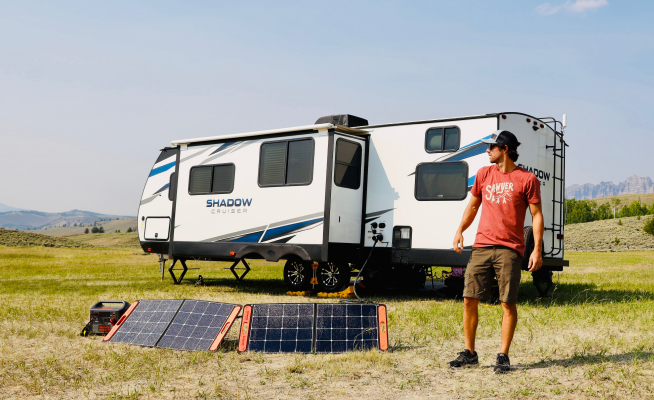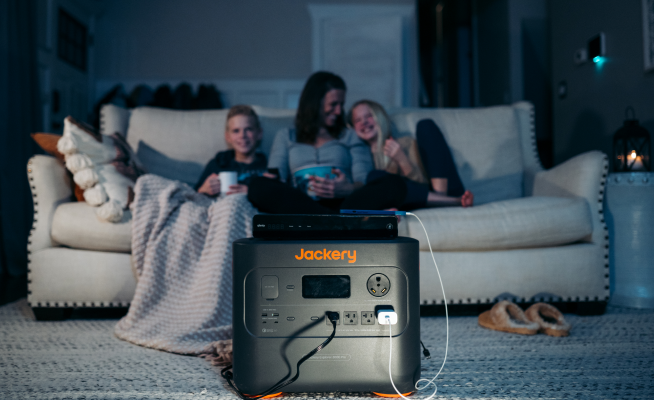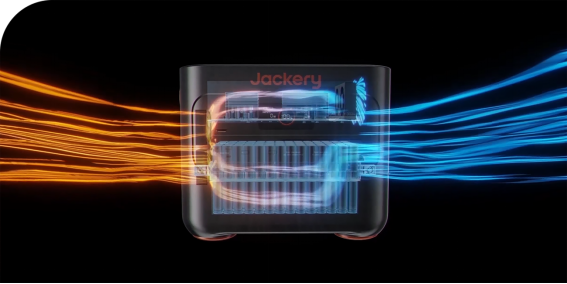Solar generators are gaining popularity as reliable and eco-friendly power sources for various applications. From home backup power to camping to portable generators for emergency power that's so quick and quiet, solar generators are the way to go for environmentally friendly energy anytime and anywhere.
In this article, extensive insight into the world of portable solar generators shall be given, and in particular, we shall focus on one of its most central components: the battery. We are also going to answer some of the common questions that people have concerning LiFePO4 batteries, which most of the solar generators in the market have been using as their battery of preference.
What Are Solar Generators and How Do They Work?
In this case, a solar generator is simply an electronic device that entails the process of taking sunlight energy and converting it into electrical energy, which is also stored in a battery for later discharge. A solar generator comes with about three major parts: the solar panel, the battery, and the inverter.
- Solar panel describes a device that captures sunlight for conversion into direct current (DC) electricity. Photovoltaic (PV) cells are utilized in solar panels for the generation of electric power. These cells produce electricity when they are exposed to light.
- Various factors impact the amount of electricity produced by a solar panel, including its dimensions, effectiveness, placement, atmospheric circumstances, and the time of day.
- An item known as a battery is purposely created to accumulate electrical energy in the form of chemical energy. From a chemical point of view, batteries are classified into several types based upon their chemistry like lead-acid, lithium-ion, nickel-cadmium etc. Each of these types of batteries has pros and cons in capacity, lifespan, weight, cost, safety measures, and performance. Among the types, LiFePO4 batteries are gaining fame and reputation within the world of energy storage, specifically for solar generators.
- The electricity generated by the solar panel or battery is converted from direct current (DC) to alternate current (AC) by the inverter, which is an ordinary household electrical current and so can be used by most appliances and devices. In addition, inverters can also vary in voltage and frequency as defined by various regionalism standards and grids that are required for home electrical appliances. Inverters may be pure sine wave inverters or modified sine waves according to their quality and compatibility with the AC output.
A solar generator works by interconnecting these three components into the circuit. When there is adequate sun, the panel itself, with direct sunlight, produces electricity in a DC form and then sends it to the battery for charge.
At night time when there is no ample sunlight or even sometimes in the day itself as during those hours, the power demand is high - at those times the battery should be providing the DC electricity to the inverter which converts it into AC electricity for utilization. Alternatively, a solar generator could also be hooked to other sources of power like a grid or even a gas generator to augment or back up the solar power.
What Is LiFePO4 Battery and How Does It Work?
LiFePO4 battery, in literal terms, refers to the kind of lithium-ion battery that uses lithium iron phosphate (LiFePO4) as the cathode. Batteries that employ lithium ions as the primary charge carriers between the electrodes are commonly referred to as lithium-ion batteries. Lithium-ion batteries are high-energy density storage devices compared to other types of batteries, i.e., a lot of functionalities can be stored per unit weight or volume.
The LiFePO4 battery functions with the LiFePO4 as the positive electrode (cathode) and graphite being the negative electrode (anode). During the charging process, lithium ions migrate from the cathode to the anode through an electrolyte solution. On the contrary, in the discharging phase, lithium ions travel in the opposite direction through an external circuit, resulting in the electrification of the device.
LiFePO4 battery offers numerous advantages compared to other types of lithium-ion batteries, such as:
Higher safety:
LiFePO4 battery has a more stable chemical structure than others, such as cobalt oxide or manganese oxide of the cathode materials. It has a weakened thermal runaway that occurs when the battery overheats and attains a temperature that causes it to catch fire or explode due to internal short circuits or damages from an external source.
Longer lifespan:
The LiFePO4 battery has a higher life cycle compared with the other kinds of lithium-ion batteries. On average, the service life of a LiFePO4 battery is more than 2000 cycles, while other types of lithium-ion batteries - may have 500-1000 cycles.
Better performance:
A lithium iron phosphate (LiFePO4) battery is a type of lithium-ion battery that boasts a higher power density. Power density pertains to the quantity of energy stored for each unit of weight or volume within a battery. This battery can be used to supply much higher currents and exhibit charging-discharging values at a faster pace when compared with other forms of lithium-ion batteries.
Lower cost:
LiFePO4 battery, therefore, has a lower cost compared to the other types of lithium-ion batteries for simpler processes implied in its manufacturing and cheaper material it consists of. LiFePO4 is more abundant and cheaper compared to other cathode materials like cobalt or nickel.

What Are Some Common Questions About LiFePO4 Batteries?
People ask quite several questions regarding the LiFePO4 batteries, especially on how to use them well. Presented below are four of the most popular ones and appropriate answers:
How to charge LiFePO4 12V battery?
To charge the LiFePO4 12V battery, it is necessary to have a charger that is compatible with its voltage and current rating. Inside should be a battery management system (BMS) provided with the charger, and it should monitor, as well as balance, the voltage and temperature of every cell. A protection circuit should also prevent overcharging, over-discharging, short-circuiting, or the battery from being connected with reverse polarity.
The LiFePO4 12V battery charge process consists of two well-defined epochs: constant current and constant voltage. At the beginning of the first epoch, the charger supplies a current in a constant mode to the battery until the voltage within the battery rises to a defined value, generally around 14.6V.
This stage is the 'constant voltage' stage, where constant voltage is supplied to the battery by the charger until the current fall to a certain level, usually about 0.05C (where C is the capacity of the battery in ampere–hours). Charge time for a LiFePO4 12V battery is dependent on the capacity and state of charge of the battery, amongst others, as well as the current and voltage that induces charging.
Are LiFePO4 batteries safe indoors?
LiFePO4 batteries are generally indoor safe if they are well handled and maintained. LiFePO4 batteries have less risk of causing fire or explosion when compared to other lithium-ion batteries due to their chemistry and structure being more stable. Therefore, LiFePO4 batteries are very suitable to be equipped in generators for homes.
However, the LiFePO4 batteries are not completely immune to damage or abuse like overcharging, over-discharging, short-circuiting, puncturing, crushing, and exposure to extreme temperature or humidity. Hence, a few of the safety precautions have to be considered while using the LiFePO4 batteries indoors as follows:
- Never place batteries close to heat sources, sparks, flames or near direct sun.
- Do not exceed the specified upper voltage and lower current limits when charging and discharging the batteries.
- Avoid using or installing dissimilar types, sizes, capacities, and brands of batteries together in the same equipment or circuit.
- Don't disassemble, modify and repair the batteries by yourself.
- Don't put the batteries in fire or water.
- Put the batteries in a cool, dry and ventilated place when unused.
- Use a fire extinguisher or sand to put out any fire caused by the batteries.
Can you use a LiFePO4 battery in a car?
It's possible in some cases. You can use a LiFePO4 battery as a replacement for a lead-acid battery in a car only if you ensure the voltage and capacity of the LiFePO4 battery are either similar or even greater than that of the lead-acid battery. A LiFePO4 battery can offer several benefits over a lead-acid battery in a car, such as:
- Light in weight: LiFePO4 battery weighs approximately one-third that of an equal lead-acid battery. This might, therefore, mean that the overall weight of the car would be reduced considerably, and it should exhibit better fuel efficiency and performance qualities as a result.
- Extended lifespan: A LiFePO4 battery can go beyond 2000 cycles, while lead-acid batteries may limit a user to 300-500 cycles. You will save from the cost and side problems of often changing the battery.
- Better performance: Higher currents and faster charge and discharge rates can be accomplished by a LiFePO4 battery as compared to that of a lead-acid battery. The car can show better start-up power in such a case.
- Lower maintenance: Unlike a lead-acid battery, LiFePO4 does not require being refilled with water and cleaning of acid. Furthermore, the tendency toward sulfation and corrosion that can bring about damage to the performance and life of a lead-acid battery is less likely.
However, there are also some challenges and drawbacks of using a LiFePO4 battery in a car, such as:
- Higher cost: The LiFePO4 battery costs more when matched with a lead-acid battery of the same capacity. Initial investment may be at a higher cost with the adoption of the LiFePO4 battery.
- Compatibility problems: Some of the already existing systems or devices for use by the lead-acid batteries in the car may not be compatible with a LiFePO4 battery. For example, some alternators may not charge it as required since their voltage requirements are different. Some sensors or indicators may not sense or indicate the condition of charge or health due to differing discharge curves. Because of the different standards or specifications, some of the safety features or rules may not be convenient or flexible according to a LiFePO4 battery. Because of that, these systems or devices especially must be checked and designed for the appropriate use of a LiFePO4 battery.
- Temperature sensitivity: A LiFePO4 battery is more temperature-sensitive than a lead-acid battery. It can lose some of its capacity or performance when subjected to the adjustments.
How fast can you charge a LiFePO4 battery?
This depends on the specific charging method, battery capacity, and other factors. Most LiFePO4 batteries on the market take 2 to 10 hours to fully charge.

Jackery Solar Generators with LiFePO4 Batteries
If you desire reliable green power solutions for your home or outdoor activities, Jackery solar generators can act as that last step to your long journey. Jackery is one of the leading brand names in the portable power industry, and we have solar generators with LiFePO4 batteries that come with an array of benefits over conventional lead acid batteries. More stability, more safety, higher energy density, and longer service life - these are the hallmarks of Jackery generators.
Jackery has two models of solar generators with LiFePO4 batteries - Jackery Solar Generator 1000 Plus and Jackery Solar Generator 2000 Plus. Both these models have a portable power station as well as solar panels that are convenient to set up and attach to the same. Some of the outlets and ports within the power station include USB-A, USB-C and AC outlets.
Jackery Solar Generator 1000 Plus:
The Jackery Solar Generator 1000 Plus has a power rating of 2000W(4000W Peak) and a battery capacity of 1264.64Wh. It is ideal for use during outdoor activities such as camping, fishing, hiking, RVing, and tailgating.
It is designed to charge seven devices at once and is thus accompanied by 4 Jackery SolarSaga 100W Solar Panels. It can reach full charge within approximately 4.5 hours of being exposed to optimal sun. The Jackery Solar Generator 1000 Plus weighs only 32lbs (14.5kg) and has a built-in handle for easy carrying.
Jackery Solar Generator 2000 Plus:
The Jackery Solar Generator 2000 Plus also incorporates 3000W Max, 6000W surge peak as rated power, and a battery capacity of 2042.8Wh. So, it caters to the perfect usage needs, especially at home, for emergency cases and cuts on electricity power.
The battery can be fully charged by 2 SolarSaga 100W Solar Panels in about 14 hours when optimum sunlight conditions prevail. Moreover, the Jackery Solar Generator 2000 Plus is portable, weighing only 61.5 lbs (27.9 kg), and has a telescoping handle for easy mobility.
Use a Jackery solar generator with LiFePO4 batteries to enjoy reliable and cleaner indoor and outdoor power. We have featured key features that make the Jackery Solar Generator 1000 Plus ideal for outdoor activities and the Jackery Solar Generator 2000 Plus perfect as a home-use generator. We have also considered the stability, safety, longevity, and performance advantages that LiFePO4 batteries have over lead-acid batteries.
Conclusion
Jackery, an innovative and eco-friendly brand, is at the forefront of the portable power industry. Its focus on sustainability and utilization of state-of-the-art technology has led to a surge in its popularity. Designed to give you clean, green energy on the move, the Jackery solar generators with LiFePO4 batteries will be perfect for you, whether at home or outdoors.
If you are interested in discovering more about Jackery solar generators or want to see other Jackery products, you can visit the official website or follow us on the identified social media platforms.









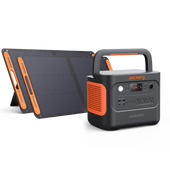

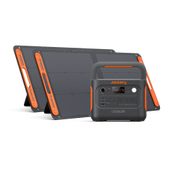
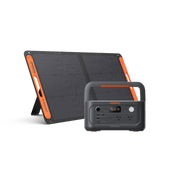
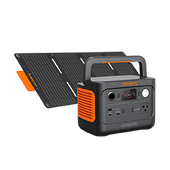


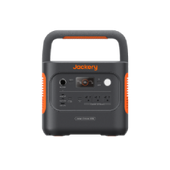
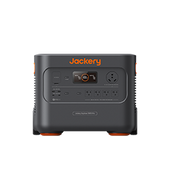
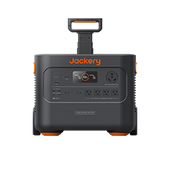

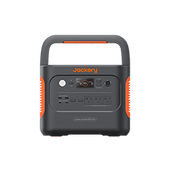
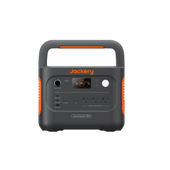
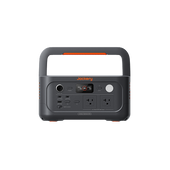

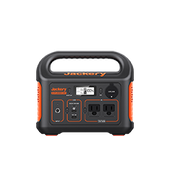
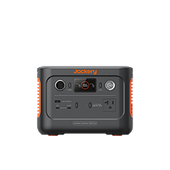

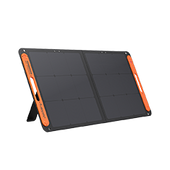

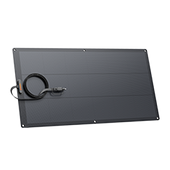
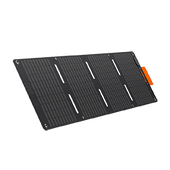
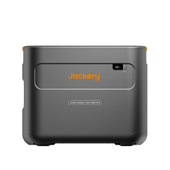
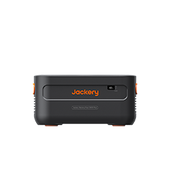
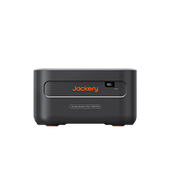
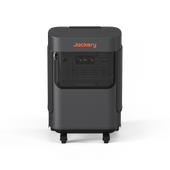
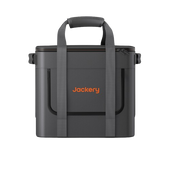

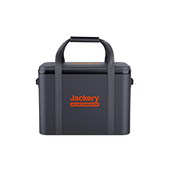
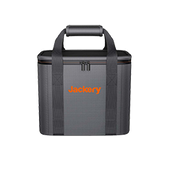
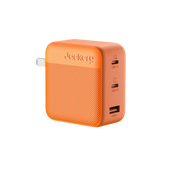
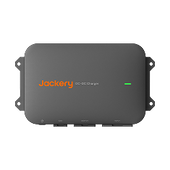
![[Add-on] Jackery Manual Transfer Switch for Explorer 5000 Plus](http://ca.jackery.com/cdn/shop/files/add-on-jackery-manual-transfer-switch-for-5000-plus-240V.webp?v=1757043692&width=170)
